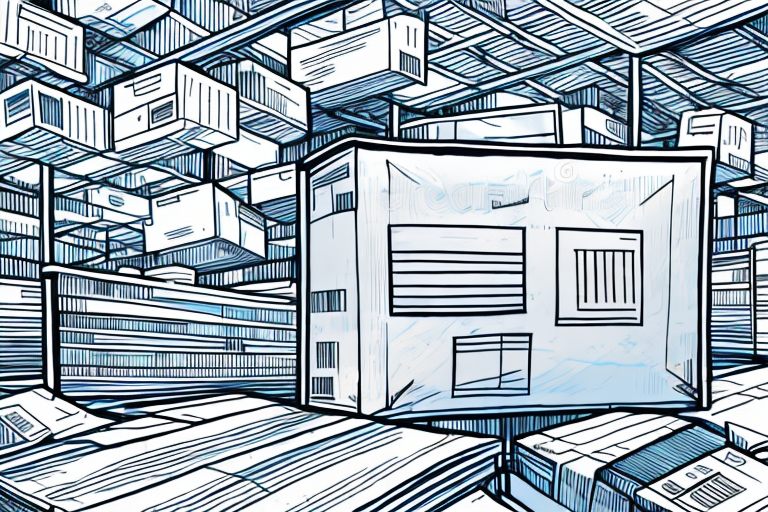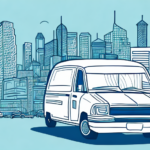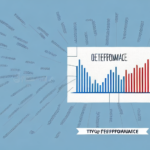Why Parcel Delivery Matters: Understanding the Importance of Shipping
Parcel delivery is a cornerstone of global commerce, seamlessly connecting individuals and businesses across continents. As the e-commerce industry continues to surge, the demand for efficient parcel delivery services has never been higher. This vital service not only offers unparalleled convenience but also ensures the rapid transportation of goods over long distances and overseas, enhancing both personal and commercial transactions.
Economic Impact
Parcel delivery plays a significant role in boosting the global economy. By facilitating the swift movement of goods, delivery companies create numerous job opportunities and generate substantial revenue streams for businesses. According to a report by Statista, global e-commerce sales exceeded $5 trillion in 2022, underscoring the critical role of parcel delivery in supporting this growth.
Disaster Relief and Humanitarian Efforts
In times of natural disasters or emergencies, such as earthquakes, hurricanes, or pandemics, parcel delivery services are indispensable. They ensure the timely delivery of essential supplies like food, water, and medical equipment to affected areas. For instance, during the COVID-19 pandemic, delivery companies collaborated with relief organizations to distribute vital resources efficiently, highlighting their crucial role in crisis management.
The Evolution of Parcel Delivery: A Brief History of How We Got Here
The journey of parcel delivery began in ancient times, utilizing horses, wagons, and ships to transport goods. The modern parcel delivery system took shape in 1852 with the establishment of UPS in Seattle, marking the beginning of a transformative era in shipping. The 20th century saw the emergence of multiple parcel delivery companies alongside the expansion of postal systems, setting the stage for today's advanced logistics networks.
Technological advancements have revolutionized the industry, introducing real-time tracking, automated sorting systems, and innovative delivery methods like drones and autonomous vehicles. These technologies have enhanced efficiency, reduced delivery times, and expanded the capabilities of parcel delivery services.
The shift towards eco-friendly practices has also been a significant milestone. Companies are increasingly adopting electric vehicles and bicycles to minimize their carbon footprint. Additionally, exploring alternative delivery methods, such as robotics in urban areas, is paving the way for more sustainable and efficient parcel delivery solutions.
Types of Parcel Delivery: Comparing Standard, Express, and Same-Day Shipping
Understanding the various types of parcel delivery services is essential for selecting the right option based on your specific needs:
- Standard Shipping: Ideal for non-urgent packages, providing an economical solution with delivery times ranging from 3-5 business days.
- Express Shipping: Suited for urgent deliveries, this premium service ensures packages arrive within 1-3 business days at a higher cost.
- Same-Day Shipping: The fastest option available, perfect for metropolitan areas, with delivery times within hours. This service is typically the most expensive.
Additionally, many providers offer features such as package tracking, insurance, and signature confirmation to enhance security and reliability. It's important to consider these features alongside any restrictions on package size and weight when choosing a delivery service.
How to Choose the Best Parcel Delivery Service for Your Needs
Selecting the optimal parcel delivery service involves evaluating several key factors:
- Reputation and Reliability: Research the company's track record by reading customer reviews and ratings on platforms like Trustpilot.
- Service Options: Assess the variety of delivery options offered, including standard, express, and same-day services.
- Pricing: Compare rates from different carriers, ensuring you understand the pricing structure based on weight, size, and distance.
- Tracking Capabilities: A robust tracking system provides real-time updates and enhances the overall shipping experience.
- Customer Support: Effective customer service is crucial for resolving any issues that may arise during the shipping process.
By thoroughly evaluating these factors, you can make an informed decision that aligns with your specific shipping requirements.
Understanding Shipping Fees and Costs: What You Need to Know Before You Ship
Shipping costs are influenced by several variables, including the type of service chosen, package weight and dimensions, and the destination. It's essential to:
- Compare Pricing Models: Some carriers offer flat rates, while others calculate costs based on weight and distance. Utilize comparison tools like ShipStation to find the most economical option.
- Consider Additional Fees: Be aware of potential extra charges for insurance, packaging materials, and customs duties, especially for international shipments.
- Evaluate Delivery Time: Faster delivery often comes at a higher cost. Balance your budget with the urgency of your shipment.
- Utilize Tracking Services: While tracking may add to the cost, it provides valuable visibility and security for your parcels.
Understanding these factors can help you manage shipping expenses effectively while ensuring your packages are delivered safely and on time.
Tips for Packing Your Parcels: Ensuring Safe and Secure Delivery
Proper packing is crucial to protect your items during transit. Follow these tips to ensure your parcels arrive intact:
- Select the Right Packaging: Use sturdy boxes that accommodate the size and shape of your items comfortably.
- Use Protective Materials: Cushion your items with bubble wrap, packing peanuts, or foam to prevent movement and absorb shocks.
- Seal Securely: Seal all openings with strong packing tape to secure the contents and reinforce the package.
- Label Clearly: Place the shipping label prominently on the top of the box and include a return address.
- Include Necessary Documentation: For international shipments, attach customs declarations and invoices as required.
Additionally, consider the weight of your package to avoid exceeding carrier limits. Using a scale to measure and adhering to weight restrictions can prevent unexpected fees and ensure smooth delivery.
The Role of Technology in Modern Parcel Delivery: From Drones to Automated Sorting Centers
Technology has dramatically transformed the parcel delivery landscape, enhancing efficiency, accuracy, and speed. Key technological advancements include:
- Automated Sorting Centers: These facilities utilize robotics and advanced software to sort packages swiftly and accurately, reducing human error and processing times.
- Real-Time Tracking: Modern tracking systems provide customers with up-to-the-minute updates on their package's location, improving transparency and trust.
- Artificial Intelligence: AI-powered algorithms optimize routing and predict delivery times, enhancing overall logistics management.
- Drones and Autonomous Vehicles: These innovations are revolutionizing last-mile delivery, enabling faster and more efficient service, especially in remote or congested areas.
According to a study by McKinsey & Company, the integration of AI and automation in logistics could increase productivity by up to 30%, highlighting the immense potential of technology in this sector.
Common Challenges in Parcel Delivery and How to Overcome Them
Despite advancements, the parcel delivery industry faces several challenges:
- Delays: Factors such as traffic congestion, adverse weather, and customs clearance can cause significant delays. To mitigate this, choose reliable carriers with robust contingency plans.
- Lost Packages: Implementing comprehensive tracking systems and secure handling procedures can reduce the incidence of lost parcels.
- Damaged Goods: Proper packing and careful handling are essential to prevent damage during transit. Opt for carriers that offer package insurance for added protection.
- High Shipping Costs: Utilize bulk shipping discounts and compare different carriers to find cost-effective solutions without compromising on quality.
Addressing these challenges requires a combination of strategic planning, the use of advanced technologies, and selecting reputable delivery services that prioritize reliability and customer satisfaction.
Eco-Friendly Shipping: Sustainable Solutions for Greener Parcel Delivery
The parcel delivery industry is increasingly embracing sustainability to reduce its environmental impact. Key eco-friendly initiatives include:
- Electric and Hybrid Vehicles: Transitioning to electric fleets helps minimize carbon emissions, contributing to cleaner air and reduced greenhouse gas levels.
- Route Optimization: Advanced software calculates the most efficient delivery routes, lowering fuel consumption and emissions.
- Alternative Fuel Options: Exploring biofuels and other renewable energy sources supports sustainable operations.
- Recyclable Packaging: Using packaging materials that can be recycled or reused helps decrease waste and promote environmental stewardship.
Companies like DHL have committed to achieving carbon neutrality by 2050, demonstrating the industry's dedication to sustainable practices. Additionally, customers can contribute by selecting green shipping options and minimizing packaging waste, fostering a collective effort towards a more sustainable future.
In conclusion, parcel delivery is an indispensable service that enhances global connectivity and supports economic growth. Understanding its history, various delivery types, cost structures, packing techniques, technological advancements, challenges, and sustainable practices empowers individuals and businesses to make informed shipping decisions, ensuring the safe and timely arrival of their packages.






















